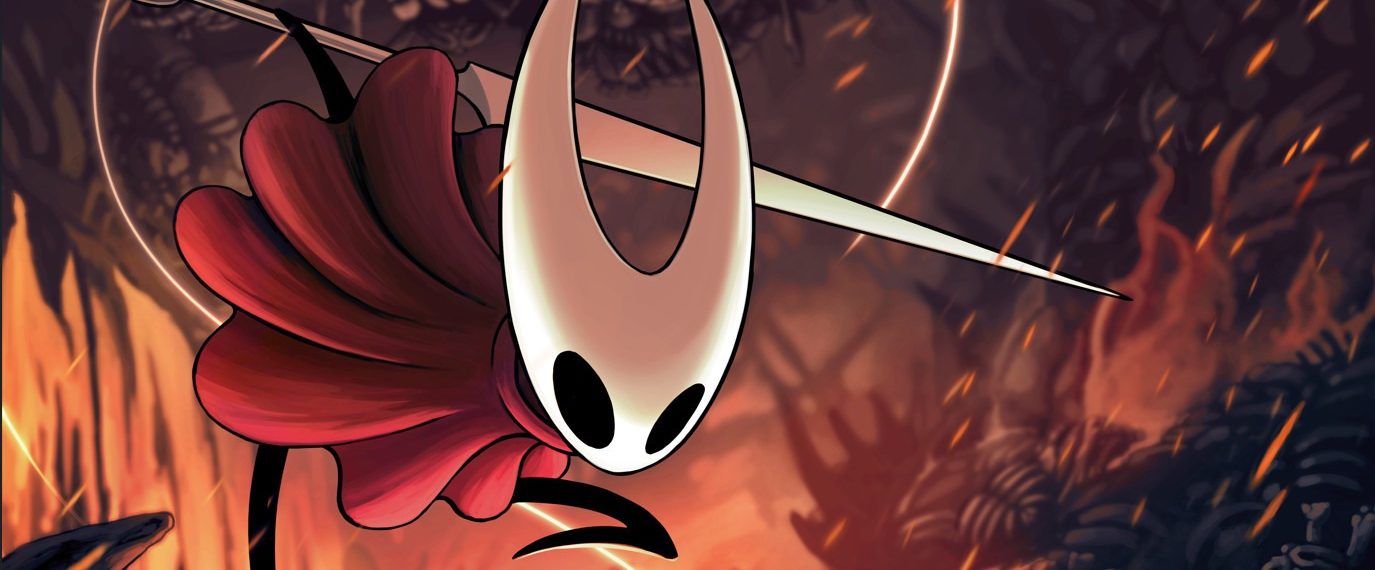Hollow Knight: Silksong – a harmonious masterpiece
In 2017, independent Australia-based developer Team Cherry made history with the release of Hollow Knight, a Metroidvania about exploring an empty kingdom inhabited by the husks and infected bodies of adorable, murderous bugs. Eight years later, six years after its first announcement, the sequel Hollow Knight: Silksong has finally arrived – and it was well worth the wait. Consider this your only warning: there will be very mild spoilers ahead.
After Hollow Knight sold over 15 million copies, it’s no surprise that Silksong had somewhat of a cult following of its development progress. It also had enormous shoes to fill.
I myself have logged hundreds of hours on the original game, from numerous failed Steel Soul runs (for which the Traitor Lord will never be forgiven), to gruelling days spent fighting the pantheons in Godhome. I can confidently say that Silksong has lived up to its predecessor and then some.
My first completion took me a neat thirty-five hours – compared to Hollow Knight, this seems small, but I know for certain I left lots undiscovered. I do, however, have one complaint. The difficulty.
This difficulty, while clearly intentional, became demotivating at times
By complaint, I don’t mean criticism – I’d like to be clear about that. The game is very clearly intended to test its players, with boss fights that require multiple attempts to learn attack patterns. I, however, am failing this test with astonishing regularity. I have never claimed to be particularly talented at video games. My reflexes are just about enough to get me through the likes of Hollow Knight and Jedi: Fallen Order at their hardest difficulties without too much frustration, but Silksong has proven a truly humbling experience.
Certain bosses, such as the Savage Beastfly, simply overwhelmed me with their minions for a long time before I could finally nail down their attack patterns. Others, such as the final boss of Act 1, had no need for minions to set my head spinning. The speed of their movements, combined with my, admittedly poor, tool setup, meant I became very familiar with the diabolical runback to the fight. This difficulty, while clearly intentional, became demotivating at times. When I’d explored all I could, and all that was left were two boss fights that I’d made little headway with despite several attempts, opening the game became less appealing.
Returning to the final boss of Act 1 got old after a while, but the intensity of the Blasted Steps’ atmosphere made up for it
Talking of boss fights leads me to another point that I’ve seen criticism of, and briefly mentioned: the “hellish” boss runbacks. On this, much to my surprise, I disagree. Maybe the Path of Pain from the original game has just numbed me to the franchise’s parkour, but, although long, the runbacks gave me a chance to warm back up after yet another frustrating death to Sister Splinter, and to enjoy Christopher Larkin’s beautiful new OST. Admittedly, returning to the final boss of Act 1 got old after a while, but the intensity of the Blasted Steps’ atmosphere made up for it.
Another reason why I don’t mind the runbacks is just how smooth Hornet’s movement feels. Playing as the Knight in the original game was perfectly fine, but, as Hornet, the acrobatic movement is incredibly satisfying. It’s difficult to stay angry when the parkour is so dynamic – the default down attack moving diagonally was an adjustment at first, but it allows you to feel exactly how the developers intended Hornet to be: a lethal, quick killer. And, anyway, I’m one of the boring ones who swapped immediately to the Wanderer crest and never looked back. The faster attack speed and the simpler down attack fit my playstyle much more than the, albeit more unique, slower Reaper or Beast crests.
Gibson in particular has outdone himself for the sequel
The prevalence of two-mask damage has also been a source of frustration for me and many other players. When even standard enemies are dealing a third of my total health in one hit, navigating certain regions can get scary. But, as fans online suggested, it’s part of Hornet’s character. As I mentioned before, she’s the quick, lethal killer, but she is fragile.
Compared to Hollow Knight, it can feel like a massive hike in difficulty to receive so much damage, and to wait so long to heal, with ‘binding’ now requiring a full spool of silk (Silksong’s healing resource). However, it forces you into a playstyle that suits Hornet’s personality.
The first game received much of its acclaim for Christopher Larkin’s OST, which I’ve already mentioned, and for Ari Gibson’s fantastic artwork. Gibson in particular has outdone himself for the sequel – the varied locations in Pharloom, the kingdom in which the game takes place, are diverse, vibrant, and beautiful. I was giddy from the moment I began exploring the verdant Moss Grotto. Even in the dreary Greymoor, its backgrounds bring the world to life. Larkin’s music felt, to me, more iconic in Hollow Knight, but still completes Silksong.
A game that crashed online stores like Silksong is rare enough: for that game to have been made by a tiny independent team is almost unheard of. It’s absolutely worth the hype – every second of this game so far has been a delight. It was with both excitement and dread that I saw the infamous Steel Soul mode become available after beating the game, but there’s a lot more I have left to see of Pharloom.

Comments